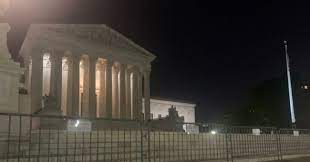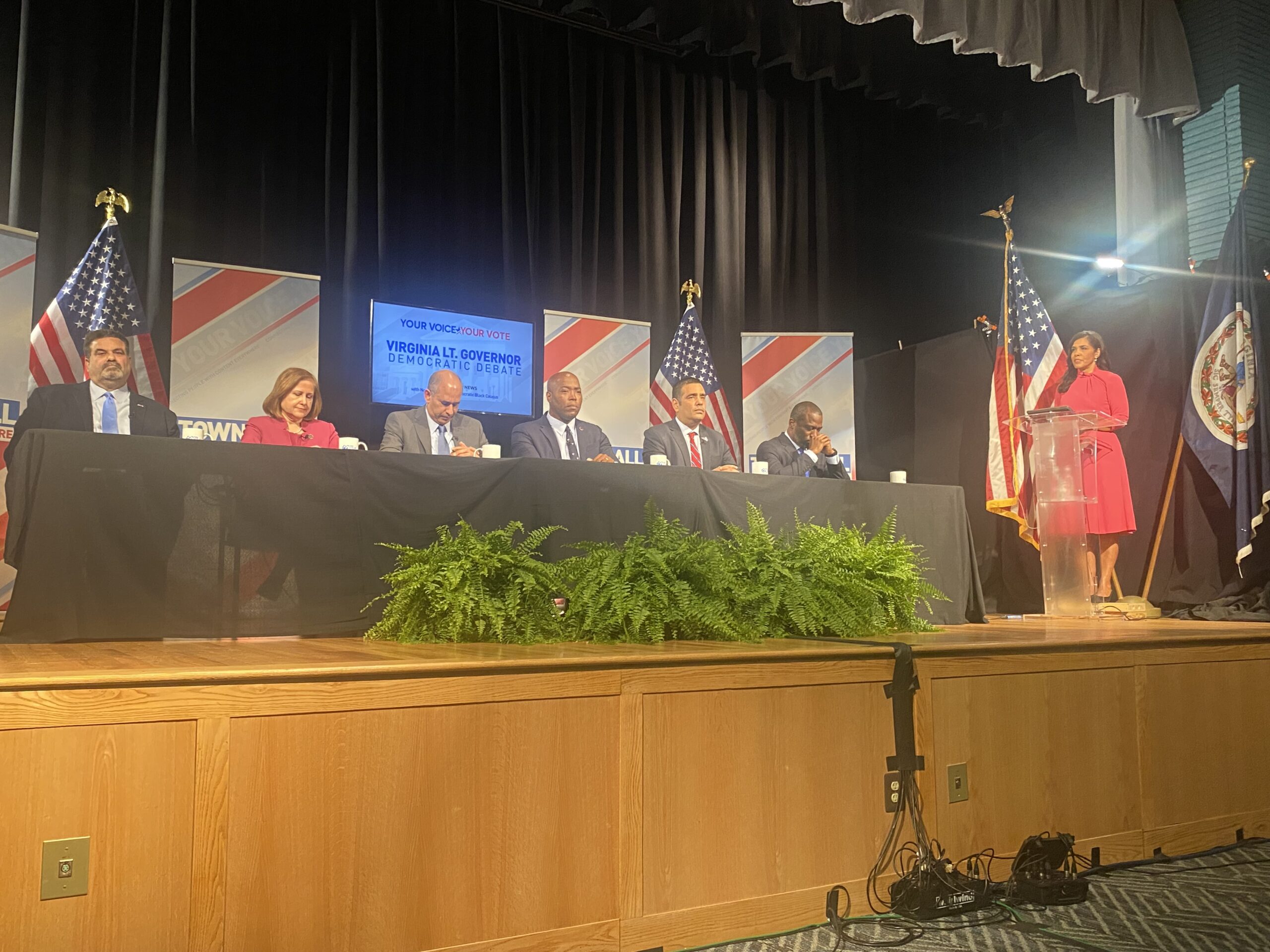The Case for Expanding the Supreme Court
For the past few years, there has been a debate over how many justices should be on the Supreme Court of the United States. While some Democrats have pushed the idea that the additional justices should be added to the court to center its conservative lean, critics claim that packing the court would set a dangerous precedent. But it’s important to ask whether this idea is as radical as it seems at first glance.
PW Perspective recently sat down with activist, human rights attorney, and former Democratic nominee for Congress in Virginia’s First District, Qasim Rashid, to discuss the policy.
Rashid, a proponent of expanding the Supreme Court says that his views are based on the historical precedent that already exists.
What many people fail to realize is that the Supreme Court has been expanded before. The Constitution does not outline the composition of the body; that duty has historically been left to Congress to decide. When the United States was founded, the Supreme Court initially had six members. The number was then reduced to five in 1801 before being restored to six the following year. In years after, the Supreme Court would fluctuate, and the number of justices would rise to seven, then nine, and during the Civil War, ten justices. After the war, the size of the court once again dropped. Finally, the Judiciary Act of 1869 set the number at nine justices where it has remained since.
Additionally, Rashid shared his belief that the Supreme Court should be expanded to more accurately represent the views of a nation that is increasing in diversity.
In 1869, nine was chosen as the number of justices because it was the number of circuit courts in the United States, but now, that number has changed. Today, there are 13 appellate courts in the United States, and according to Rashid, that alone should serve as a reason to increase the size of the Supreme Court.
“I would set it at 13 to reflect the appellate courts,” he said “We should have justices that reflect the number of circuit or appellate courts we have.”
When asked what he thinks could result from expanding the court, Rashid said that he believes a larger court would help the nation protect voting rights, reproductive rights, and the environment. “I see a lot of good that can and will come from it,” he said.
Justice Ketanji Brown Jackson made history last month by becoming the first Black woman to serve on the Supreme Court, but that is not the only significant part of her confirmation. Jackson is also the first public defender to serve on the Supreme Court, something Rashid notes is an important detail in her background and something he believes we need more of.
“She’s the first justice who was a public defender and the reason that’s so important is because public defenders are predominantly working with low-income people who are disproportionately Black and brown,” Rashid said of Justice Jackson. “It tells you that the Supreme Court has historically ignored the lived experiences of millions of low-income people and Black and brown people.”
Contrary to popular belief, judicial experience is not a prerequisite for serving on the Supreme Court. More than 40 justices have served on the court without having served as a judge previously. Currently, the only justice on the court without prior judicial experience is Associate Justice Elena Kagan, who was appointed to the Supreme Court by President Barack Obama in 2010.
“From a diversity of thought standpoint, I’m less worried that some justices don’t have experience sitting on the bench per se but much more worried that a lot of these folks don’t have practical experience working with the communities that are ultimately impacted most by the decisions they make.”
The idea of expanding the Supreme Court is not radical. The fact of the matter is that the last time our nation adjusted the number of justices on the Supreme Court was in during the Reconstruction Era. Since then, the population has increased almost tenfold and the circuit court system has been reformed, yet we have not restructured the Supreme Court once. Change is not radical; it is what the founding fathers intended, and it is long overdue.
Editors note: This interview was conducted and the article was scheduled before the leak of the Dobbs v. Jackson Women’s Health Organization draft opinion.



